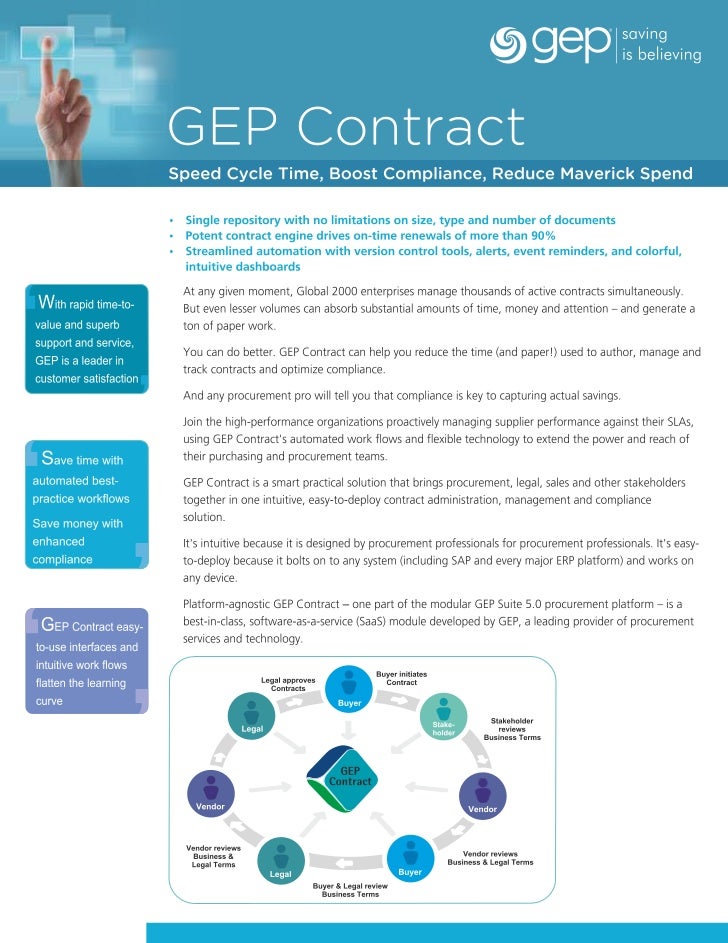


The conversion of GEP to sediment yields must satisfy the requirement that when the sediment yield values are reported to the channel (via drainage wings ) and summed downstream, the sediment yield value assigned to the lowest most channel segment must equal the basin average that was provided. Here users can pan, zoom in and out, and search for specific watershed attributes, like the best fish habitats, highest erosion potential, best riparian areas and widest floodplains, among other.
#Netmap gep free
The average sediment yield is then distributed across the basin, based on the range and distribution of GEP values, such that higher values of GEP have higher sediment yield values and lower values of GEP have lower sediment yield values. Traducciones en contexto de palabras, grupos de palabras y expresiones un diccionario gratuito con millones de ejemplos en árabe, alemán, inglés, francés, hebreo. The NetMap Portal, a free online mapping application, was developed to ease access and use of virtual watershed information in the form of maps. The model works as follows: an analyst provides an estimate of the basin average sediment yield in terms of t/km 2/yr (Figure 3). Sediment yield is typically expressed in units of tons per unit time per unit area (t/km 2/yr). The NHDplus allows for the communication of NetMap’s attributes and analysis results to the common national hydrography platform used for distributing data and modeling results across large and diverse stakeholder groups.Although GEP provides an index for evaluating the spatial variability in erosion potential, it is useful to express erosion potential in terms of sediment yield, a common measure in the context of basin sediment budgets (Reid and Dunne). NetMap provides derivation of detailed hydrography extending to the ephemeral and unchanneled portions of landscapes, connectivity and routing analyses, and advanced tools for resource management, risk mitigation and conservation, with transfer of that information to the NHDplus. Explore our website to learn more.Ĭompatibility & Fusion with the NHD/NHDplus: NetMap and the NHDplus have compatible goals and each provides value-added facilities to the other. NetMap applications include fish habitat mapping, floodplain delineation, road analyses, slope stability, riparian management and wildfire. NetMap also provides support in the form of (1) online technical help, (2) step-wise guides, (3) online mapping tools and a (4) community based approach to tool development and dissemination. Our goal at TerrainWorks is to make user-friendly GIS virtual watersheds and smart river networks available to agencies, NGOs, universities and the private sector. NetMap was created to provide off-the-shelf analysis capabilities in resource management, risk mitigation and conservation unavailable in other formats. An estimate of the basin average sediment yield must be assigned (2) in terms of t/km 2 /yr. TerrainWorks, with its flagship analysis technology “NetMap”, is being used by NOAA, US Forest Service, EPA, BLM, US Fish and Wildfire Service, Conservation NGOs, watershed councils, tribes, private sector, universities and internationally. Using algorithms within NetMap, the total GEP and sediment yield within the drainage wings were attributed to each segment (reach) of the channel network. An analyst can convert Generic Erosion Potential values to sediment yields either using the GEP grid, or the GEPDeliveredGrid (1). NetMap can be built and applied anywhere in the world (Global Opportunity). TerrainWorks provides comprehensive analyses, ranging in scale from entire landscapes to watersheds to individual stream reaches, and is designed to be collaborative and accessible. NetMap’s unique set of virtual watersheds, analysis tools and online technical help, is designed to provide decision support in forestry, fisheries, restoration, riparian management, conservation, pre- and post-wildfire planning and climate change. It enables users to extrapolate survey results to unsurveyed streams by using GIS to estimate habitat abundance, potential fish abundance, or fish carrying capacity, for example. The output is a shapefile of survey reaches with both the survey data and attributes associated with the digitally produced stream layer (e.g., drainage area, gradient, and valley width).

It hosts a climate change component that includes projected changes in seasonal hydrographs, changes in the likely location of snow-to-rain transition zones, and thermal loading. This tool based on a geographic information system matches stream-survey data to digitally produced stream layers created with NetStream software.NetMap contains models that allow the user to conduct analyses on various parameters that influence aquatic ecosystems such as wood recruitment, erosion sources, and potential habitat. A GIS-based tool for linking field and digital stream data.


 0 kommentar(er)
0 kommentar(er)
